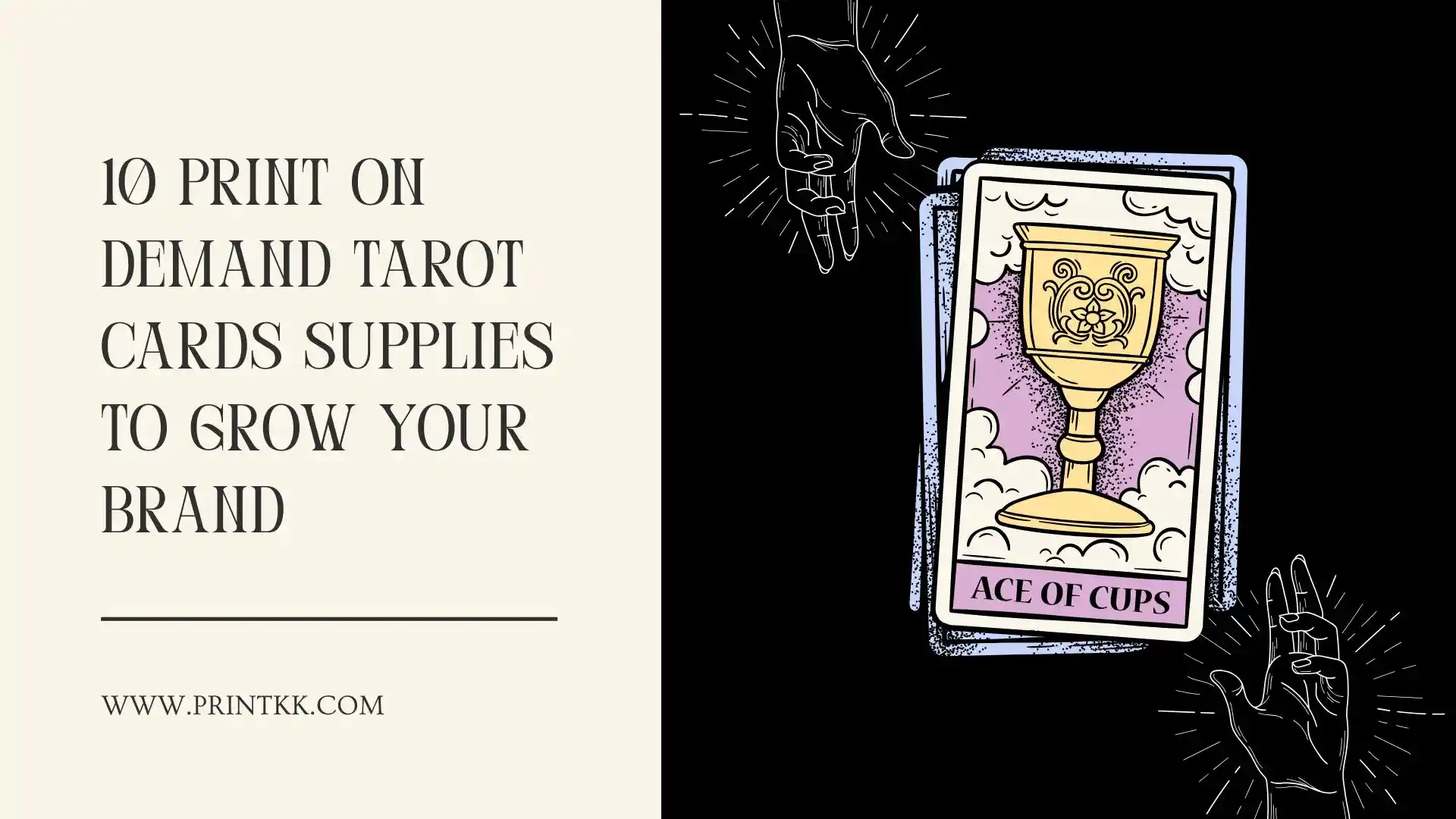
If you want to grow your brand with tarot cards, using print on demand tarot cards is a smart way to start.
Custom tarot cards services let you create custom decks quickly and easily. They give you control over quality, size, and packaging.
In this guide, you will learn about 10 top suppliers that can help your tarot card business grow. Whether you are just starting or expanding your brand, print-on-demand makes it simple to reach customers.
Why Selling Tarot Cards Is Profitable
Tarot cards have transcended their historical origins in becoming an international phenomenon.
The game cards market is expected to reach $2.97 billion by 2025, indicating high consumer demand.
For those entering the business, it begs the question: How can selling tarot cards be so lucrative?
Diverse Audience Drives Demand
The audience is diverse. Demand comes from young adults, collectors, and spiritual seekers.
Decks with interesting designs or artistic storytelling attract collectors willing to pay for aesthetic and cultural value.
Special editions and branded sets often command higher prices due to their uniqueness or spiritual significance.
Low Production Costs, High Margins
Production costs remain relatively low. Standard printing and materials are inexpensive, while premium decks with special finishes or custom artwork can be sold for many times their manufacturing costs.
This gap between cost and perceived value creates large profit margins for retailers.
Online Platforms Expand Opportunities
Online platforms have amplified opportunities. Marketplaces like Etsy, eBay, and Amazon connect sellers with global customers.
Print-on-demand reduces inventory risk and enables custom designs. Social media boosts visibility and encourages word-of-mouth promotion, reaching niche communities worldwide.
Tarot cards are a mix of low production cost, high perceived value, and an expanding worldwide fanbase.
With the right design, branding, and market positioning, it does not take much more than a deck of cards to create a profitable business.
Top 10 Print on Demand Tarot Cards Supplies
QP Market Network
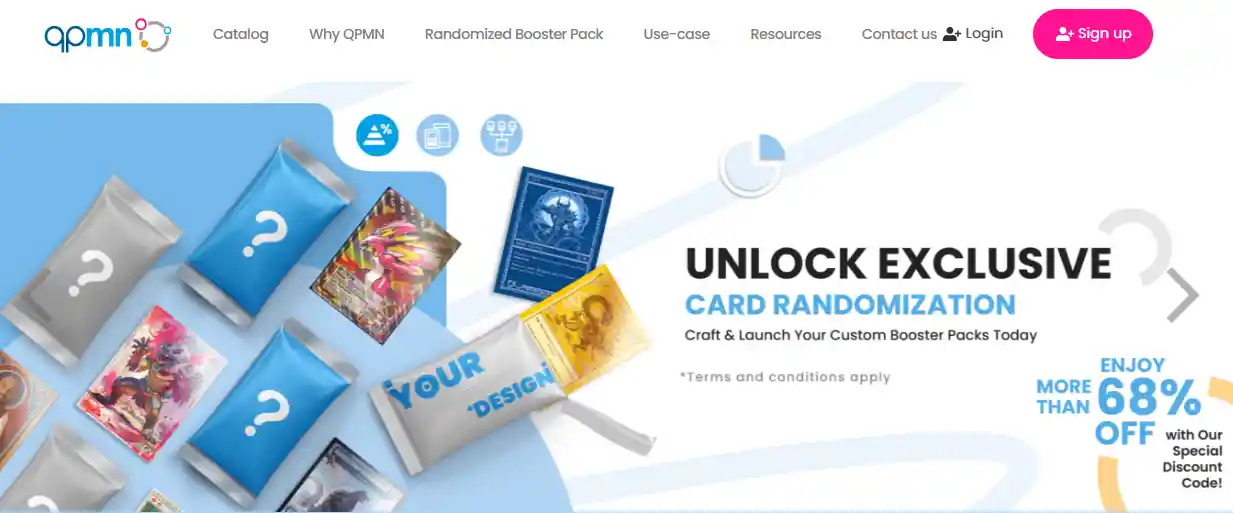
QP Market Network is a print-on-demand platform focused on card games and tarot decks. You can design your cards, submit your artwork, and sell directly to buyers.
It is good for small businesses that want to reach a niche audience. You control your designs and pricing easily.
The platform also gives you tools to track orders and manage inventory. You don’t need to store stock or worry about shipping. It works well if you plan to grow slowly and learn as you go.
Price: Varies depending on deck size and material. The product price is around $15.
MakePlayingCards
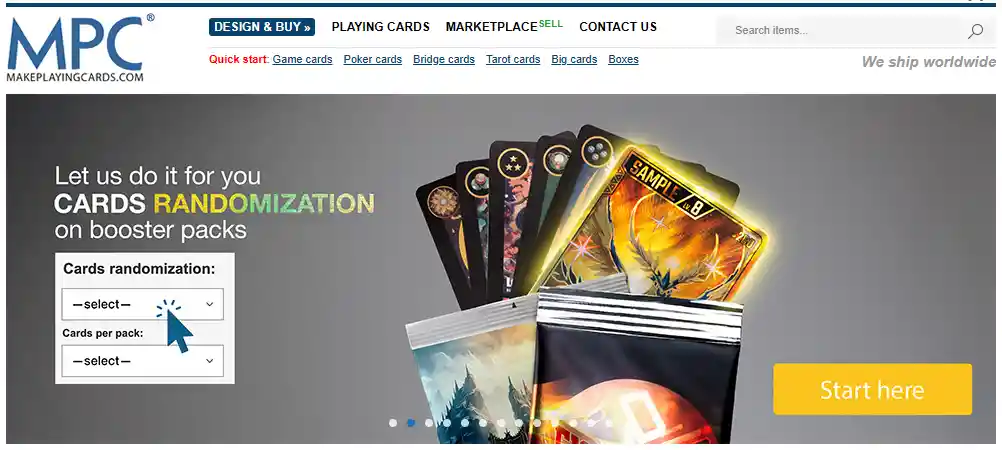
MakePlayingCards specializes in custom playing cards and tarot decks. They offer a variety of card sizes, finishes, and packaging.
You can upload your artwork and see a digital proof before printing. It is easy to order small batches or larger quantities.
They also allow you to create tuck boxes or custom sleeves. You get professional quality without a large upfront investment. This makes it easier to test new deck ideas.
Price: Starts around $20 per deck. The more quantity you buy, the cheaper the product price.
LaunchTabletop
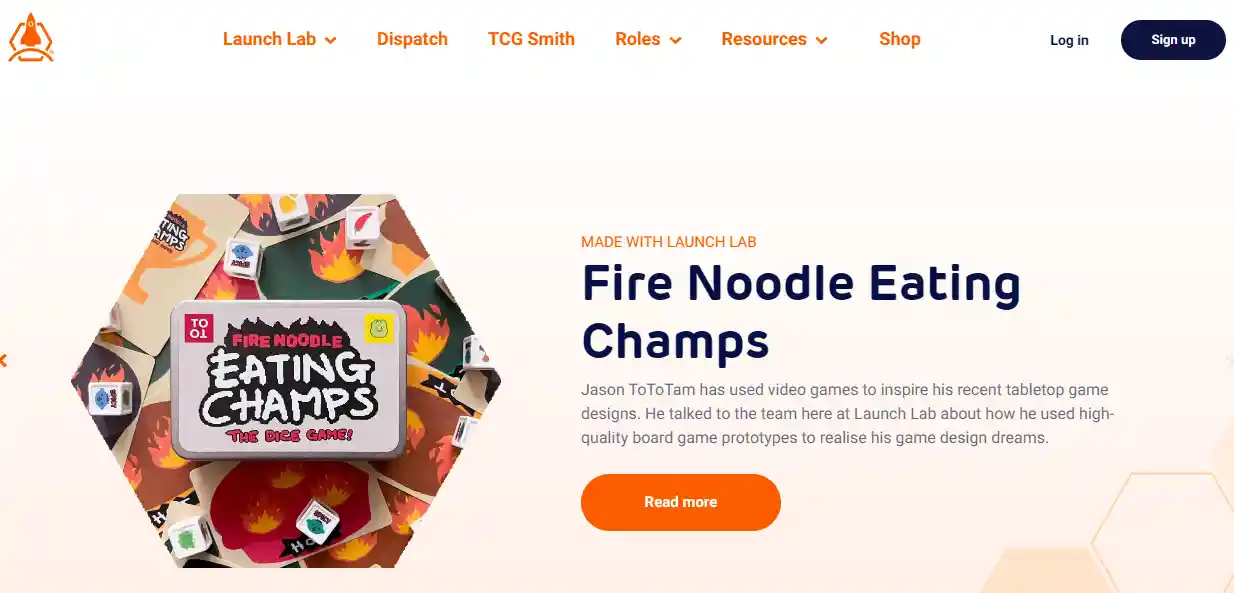
LaunchTabletop provides printing and fulfillment services for tabletop games and tarot decks. You can manage your orders through their platform, and they handle shipping for you.
It works well if you want to focus on design instead of logistics. You can also link your online store to their system.
Their service supports both small and large orders. You get more time to market your decks instead of packing them yourself.
Price: Depends on card count and packaging. The product price is around $15.
PrinterStudio
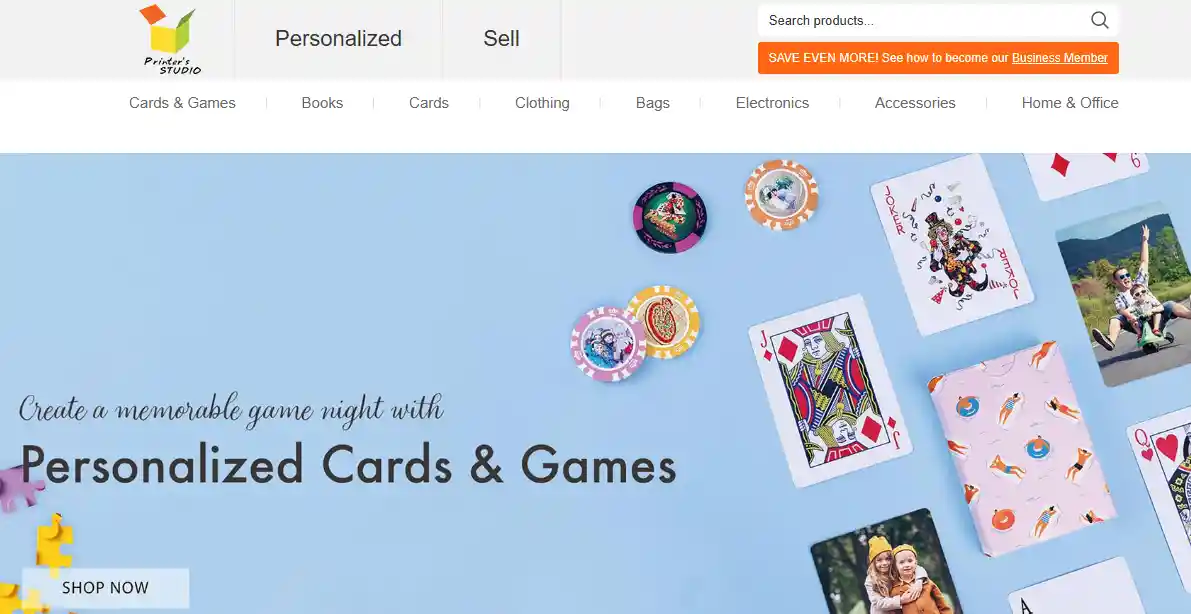
PrinterStudio offers customizable card printing for tarot decks. You can choose card stock, coatings, and box styles.
They support small or bulk orders. You can test designs with sample decks before committing to larger runs. PrinterStudio also has an easy-to-use interface for uploading images.
They provide options for foil stamping and other premium finishes. Your decks can feel professional without hiring a designer or printer.
Price: The product price is around $15. The more quantity you buy, the cheaper the product price.
Superior POD
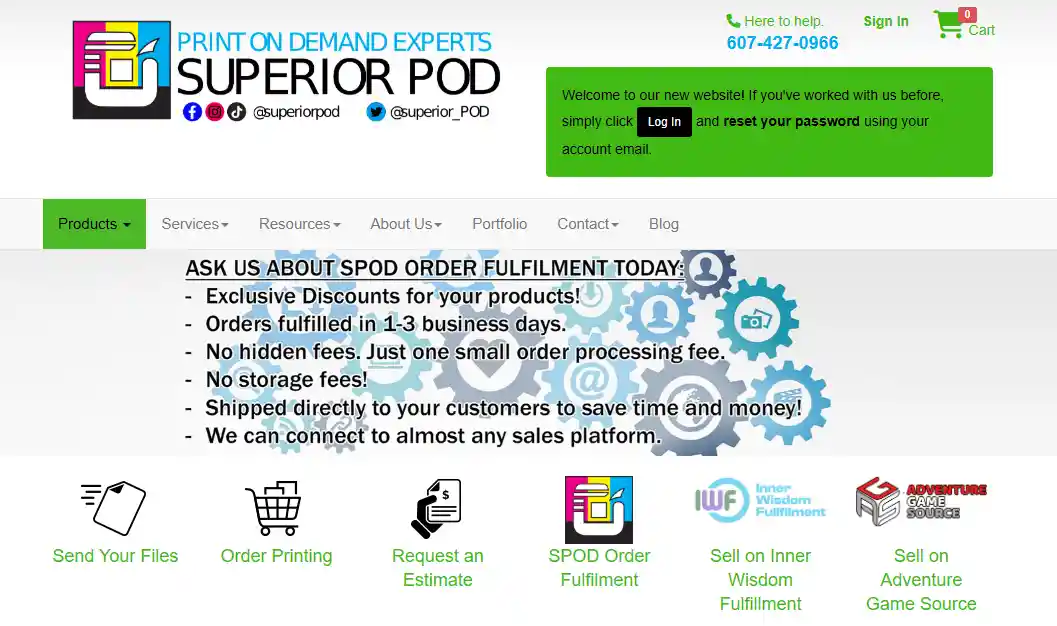
Superior POD is a print-on-demand service for creators of tarot cards and other games. They offer quick turnaround and a variety of printing options.
You can integrate their services with your online store for easy sales. They provide flexible packaging choices and printing materials. The platform also helps you manage orders automatically.
You don’t need to worry about keeping a large inventory at home. Superior POD is good for growing brands that want convenience.
Price: Varies based on deck specifications. The product price is around $16.
Aura Print
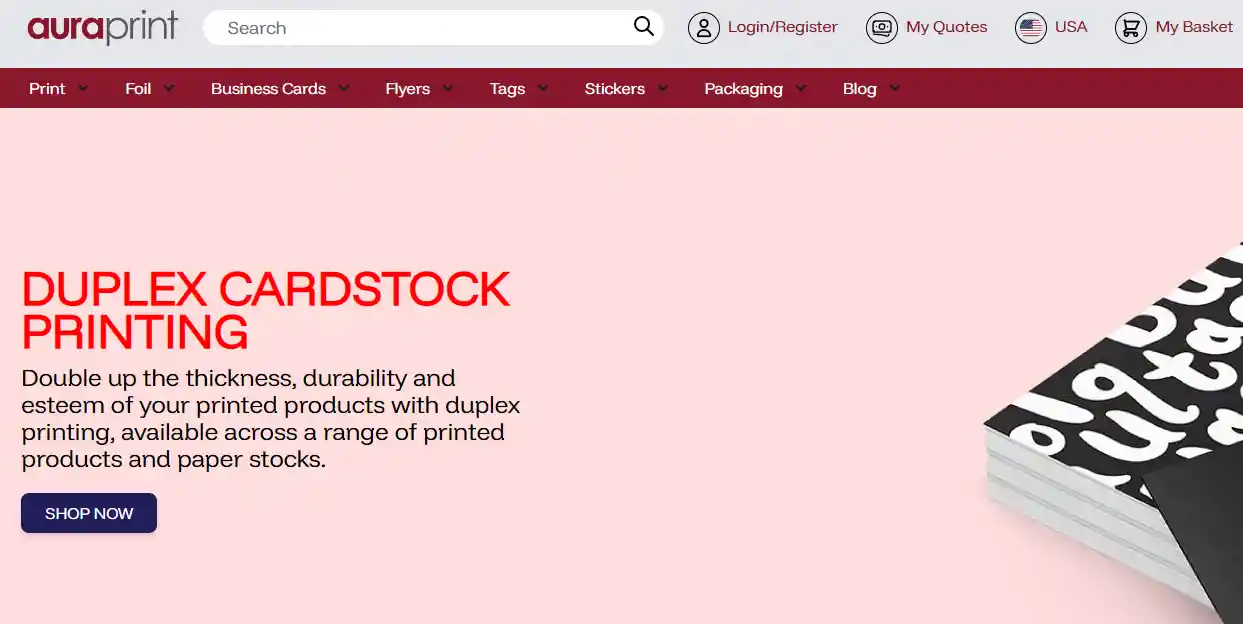
Aura Print focuses on high-quality card printing. You can pick different card stocks, sizes, and finishes for tarot decks.
They also provide packaging options to make your decks look professional. You can order small test runs first.
They have fast production times and worldwide shipping. Aura Print is helpful if presentation matters for your brand. Your decks can stand out on shelves or online stores with minimal effort.
Price: The product price is around $30.
PrintNinja
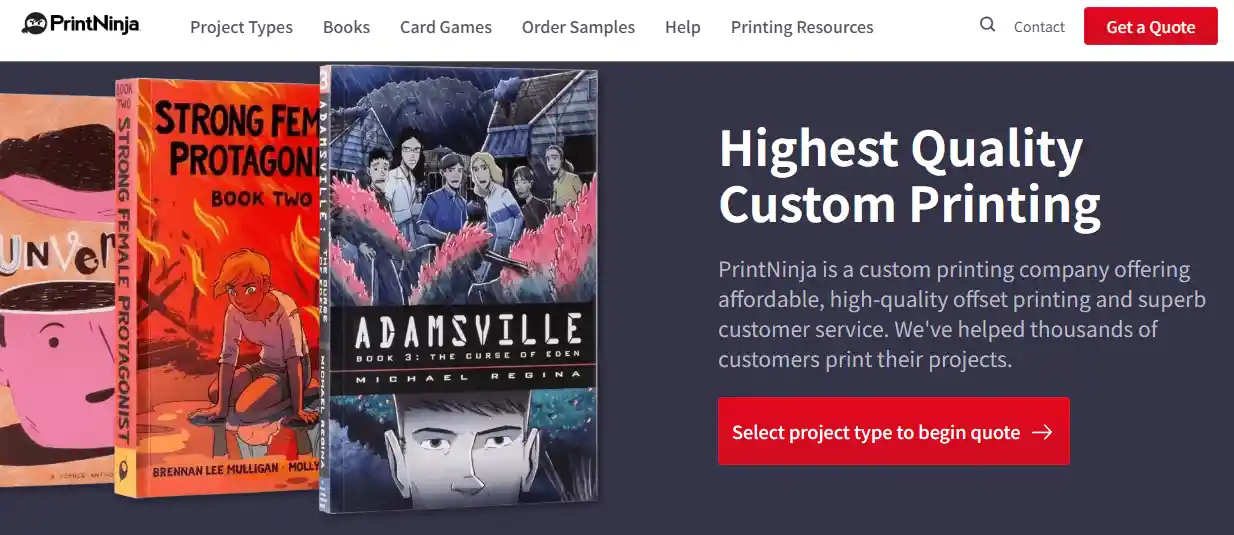
PrintNinja is known for custom card and game printing. You can print tarot decks in various sizes and finishes.
They handle large orders and provide proofs for approval before printing. PrintNinja also helps with color management and quality checks.
You can get professional results even if you are new to card printing. They are best if you plan to sell many decks at once. Their service is reliable for consistent quality.
Price: Need to buy in bulk. Each piece costs about $10.
QinPrinting
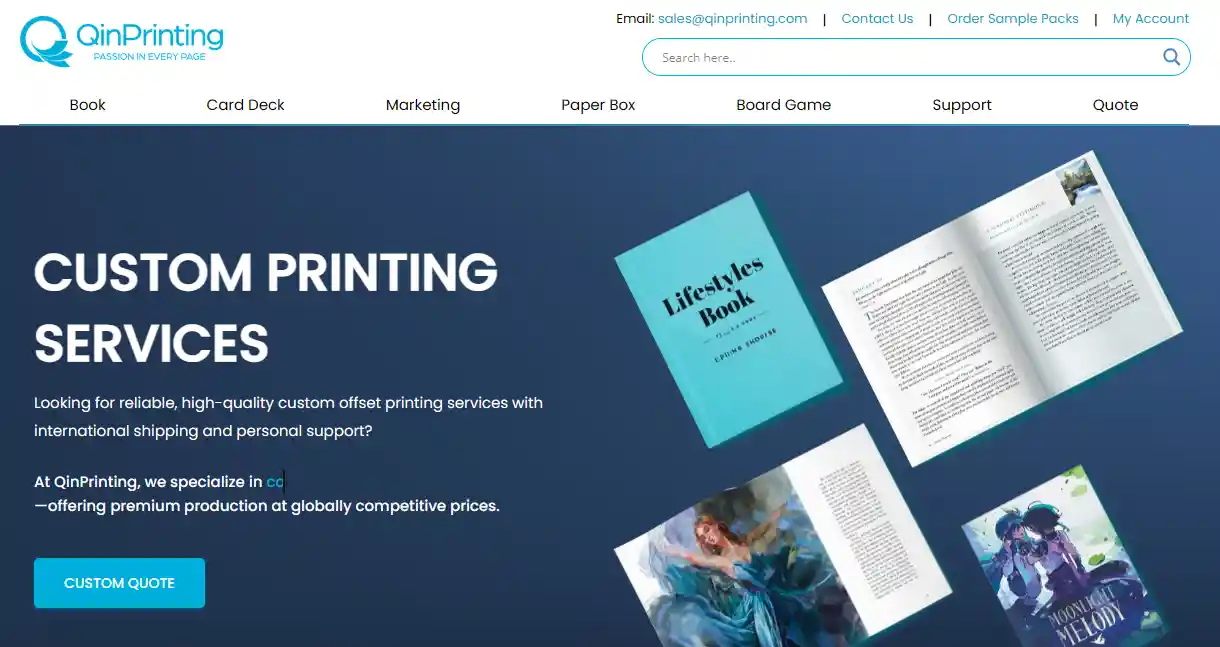
QinPrinting offers international printing services for tarot cards. You can choose from many card stocks, coatings, and packaging styles.
They support both small and large orders, depending on your needs. Shipping options are flexible, and they help with customs for international orders.
You can also request special finishes like matte or linen texture. It’s a good choice if you plan to sell globally. Their production speed is reasonable for small and mid-sized runs.
Price: The minimum order quantity is 200 decks. The unit price of each product is about US$3.
Acelion Cards
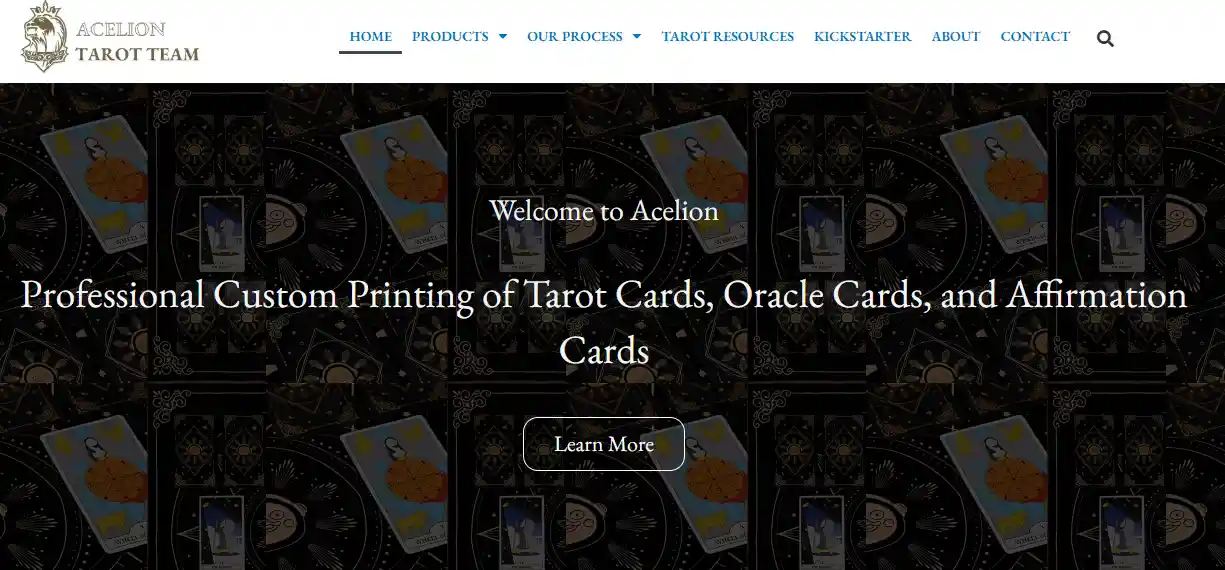
Acelion Cards is a specialized card printing service. They focus on high-quality tarot decks with customizable options.
You can upload designs, pick packaging, and have decks shipped worldwide. They also offer special printing effects like foil and embossing.
Customer service helps with proofs and order adjustments. You get more control over how your deck looks and feels. It’s useful if your brand emphasizes unique design.
Price: Prices vary based on order size.
Card Deck Printing
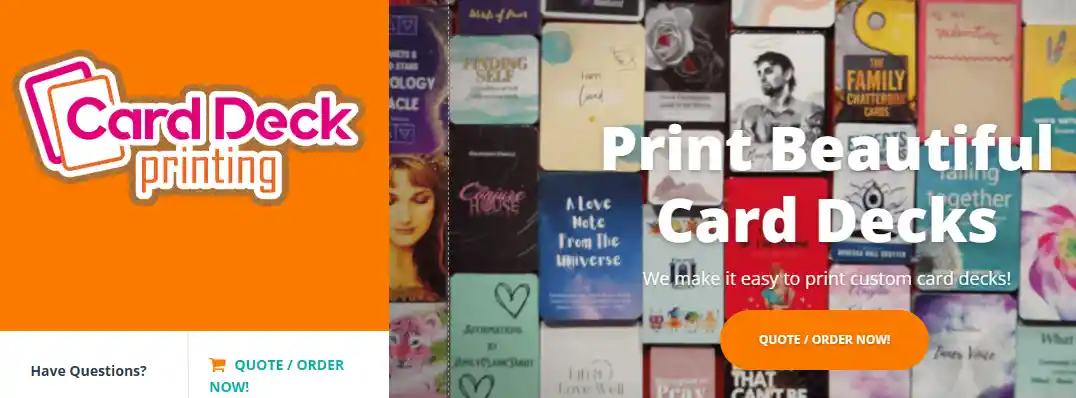
Card Deck Printing provides custom tarot card printing for creators and small brands. You can choose card sizes, finishes, and boxes.
They also help with proofing and order management to simplify the process. You can order a few decks for testing or many for selling.
They offer fast turnaround and a variety of paper options. Their service is practical if you want good quality without complex steps. You focus on your designs, and they handle printing and shipping.
Price: The minimum order quantity is 25 decks, and the price is approximately $3 per pair.
Read More:
- 12 Best Print on Demand Puzzles Companies for Creators
- 10 Best Print on Demand Greeting Cards Companies for Your Business
How to Print Tarot Cards to Sell
1. Choose the Right Printing Method
Not all printing methods are created equal. You can go for digital printing, which is fast and perfect for small batches.
Offset printing is better for larger runs but costs more upfront. Think about how many decks you want to sell before deciding. Small batches let you test designs with your audience, while bigger runs can save money per deck if you already have demand.
2. Select Quality Cardstock
Your tarot deck is only as good as the paper it’s printed on. Look for thick cardstock that feels smooth but sturdy.
Some decks have linen finishes, which make shuffling easy and add a premium feel. Don’t forget to test how the cards hold ink and how they feel in the hand—people will notice the difference, and it can affect repeat sales.
3. Focus on Artwork and Design
A deck with great artwork can sell itself. Work with artists or create designs that are unique and tell a story. Keep these in mind:
- Make symbols clear and readable
- Maintain a consistent style
- Consider how backs of cards look as a set
Beautiful design makes your deck collectible, and collectors are willing to pay more for decks that stand out.
4. Consider Print-on-Demand Services
Print-on-demand platforms let you print cards only when someone orders. This cuts down on inventory risks and upfront costs.
You can experiment with special editions or seasonal designs without overstock.
Some platforms even offer packaging options, so your deck can arrive looking professional without you touching a single card.
5. Test, Package, and Brand
Printing is just one part. How you package your deck matters. Add a small booklet with meanings, or include a custom box that protects the cards.
Test different sizes and finishes with a few customers first. Branding your deck—through logo, story, or design theme—makes it feel like more than just a set of cards.
Strong branding helps your deck stand out and encourages repeat buyers.
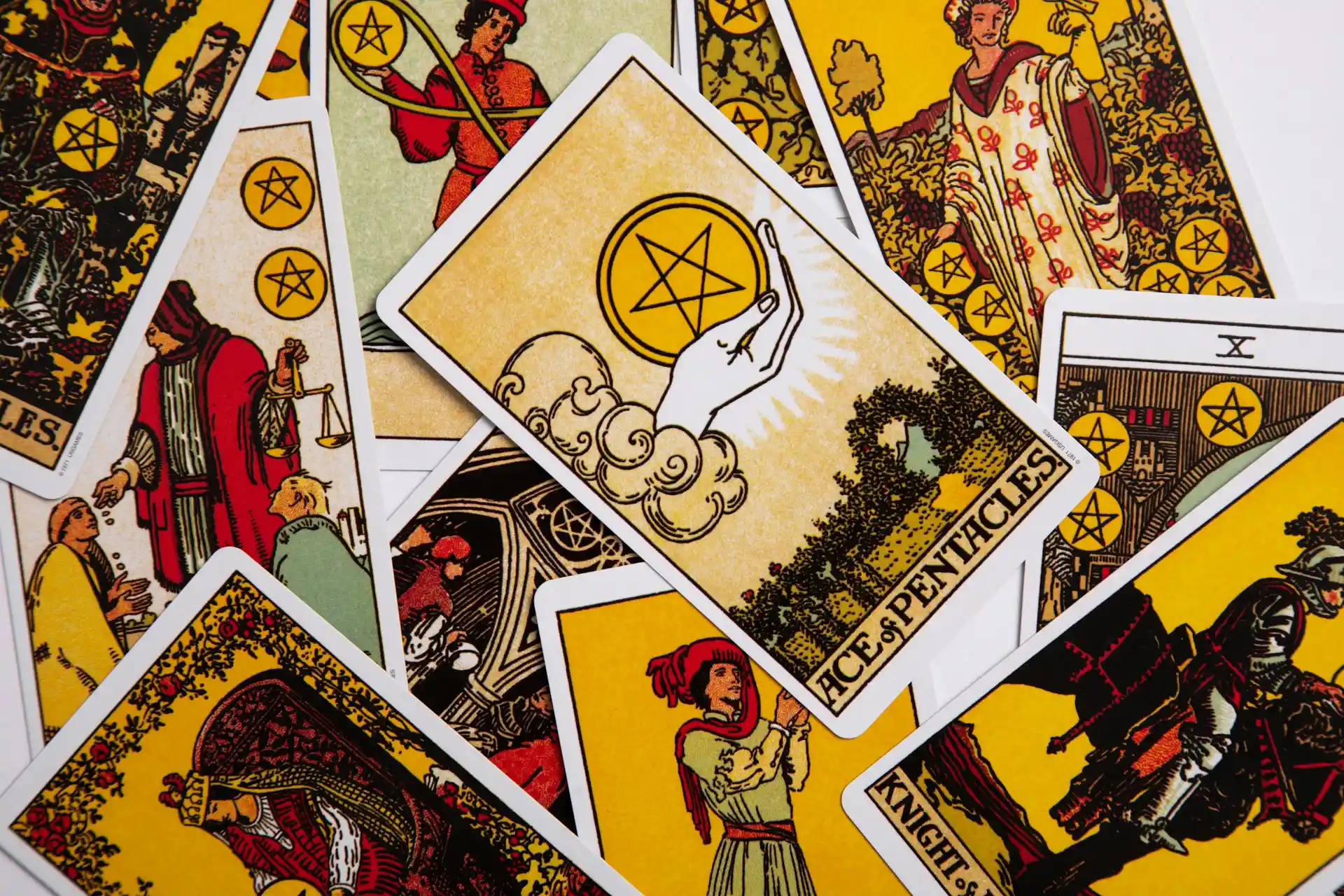
Using AI to Design Your Personal Tarot Deck
Step 1: Conceptualize the World
Define your deck’s overall theme and atmosphere. Will it have a mystical forest vibe, a magical fantasy world, or a surreal, otherworldly feel?
Think about recurring motifs like swords, cups, or pentacles and how they will appear consistently. Even rough sketches or thumbnails help clarify ideas for AI.
A clear world vision ensures your deck feels cohesive and emotionally engaging.
- Decide the overall mood and color palette (e.g., deep greens and golds for a forest theme)
- Identify symbols that will appear across multiple cards (e.g., a glowing sword or floating crystal)
- Sketch thumbnails to visualize composition (even simple stick-figure layouts work)
Step 2: Writing Effective Prompts
Each card’s prompt should include:
- Key elements: subject, background, pose (e.g., a knight holding a sword in a misty forest)
- Style descriptors: Renaissance, anime, surreal (e.g., use “dreamlike surrealism” for an abstract card)
- Optional references: images to guide AI (e.g., a photo of a forest or a painting for color inspiration)
Iterate 20–30 times per card to refine both elements and style. Using a modular workflow (SOP) helps you:
- Lock in successful parameters
- Batch-generate cards efficiently
- Maintain visual cohesion
AI is a tool, but your vision gives the deck its ultimate artistry.
Step 3: Create Individual Cards
Use AI tools like MidJourney to generate each card. Focus on:
- Composition and layout (e.g., place the main character slightly off-center to create dynamic tension)
- Symbolism and storytelling (e.g., a cup overflowing with stars to represent abundance)
- Maintaining consistency across all 78 cards
You can also mix hand-drawn sketches with AI outputs to add a personal touch. Each card should tell part of your story while fitting seamlessly into the overall deck.
For example, a “Forest Empress” card could use AI-generated foliage patterns combined with your own hand-drawn crown design.
Using AI is highly efficient, but in the end, you still need to add your own unique creativity and personal touch.
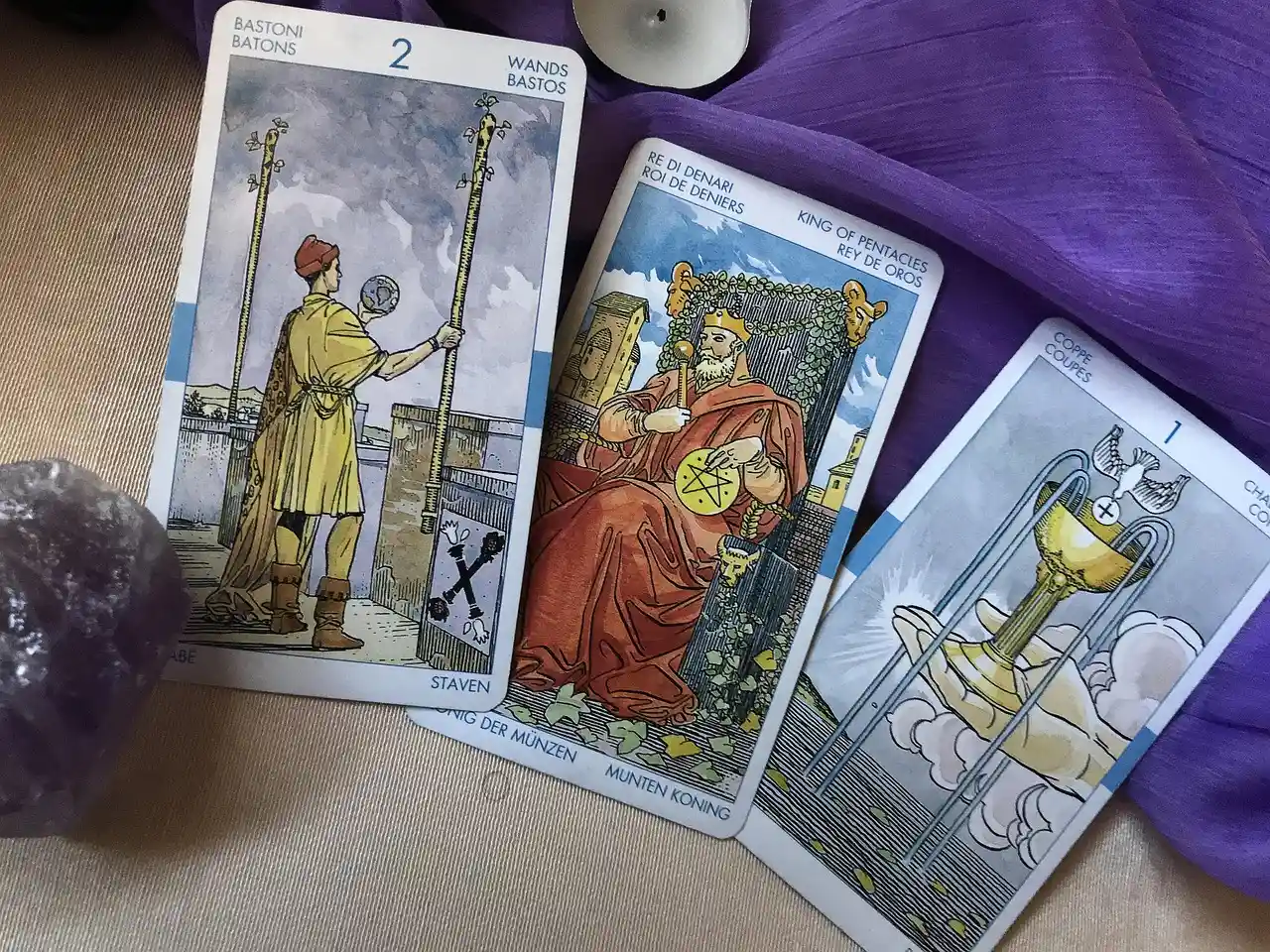
Using Mysticism to Increase Product Profitability
Mysticism has found a place in modern products.
Tarot decks, astrology-inspired jewelry, crystals, and feng shui items are no longer just spiritual tools—they are part of what makes a product feel meaningful.
A deck, a bracelet, or a home item can carry a story that makes people want to explore and keep it.
Market Demand for Mysticism
The interest in mystical practices is growing steadily. Customers are not all from one age group or culture.
Many are young adults exploring personal identity, while others are mid-aged buyers looking for calm or guidance.
Some popular trends to watch:
- Jewelry based on zodiac signs or crystal meanings
- Tarot or oracle card sets with storytelling elements
- Crystal healing tools and meditation accessories
Pay attention to why people buy. Often, they are seeking comfort, energy, or a way to express themselves. If your products speak to these motivations, they are more likely to sell.
Product Design and Development
When adding mysticism to your product, think beyond aesthetics. Every detail can carry meaning. For example, you can:
- Match gemstones to intentions, like rose quartz for harmony or amethyst for clarity
- Use colors, shapes, and materials in home decor to follow feng shui principles
- Embed zodiac symbols in jewelry or stationery
The key is to combine beauty with story. If someone feels a deck or bracelet resonates with their life or goals, it becomes more than a product—it becomes part of their routine or personal identity.
Marketing and Promotion Strategies
Marketing mystical products works best when you educate and involve your audience. Consider these approaches:
- Explain how products are used and the meaning behind them
- Share stories from users, showing how items fit into daily life
- Collaborate with influencers in wellness, astrology, or spiritual niches
- Send emails with personalized content like horoscope tips or product pairings
By offering guidance alongside products, you give customers confidence and make the experience richer.
People are more likely to buy when they understand and feel a personal connection to what they are getting.
Branding and Positioning
Mysticism in branding is about creating a narrative. Use design, colors, and packaging to evoke curiosity and cultural depth.
A clear vision, like helping customers explore the unknown or find balance, makes products feel intentional. Consistency is important.
Every detail, from website layout to packaging, strengthens recognition and builds trust over time.
Ethical and Practical Considerations
Working with mystical themes comes with responsibility. Avoid overstating effects or making claims that cannot be supported.
Focus on delivering real value alongside symbolic meaning. Customers notice honesty, and keeping your brand transparent helps you build long-term loyalty without compromising creativity.
Mysticism can add depth, differentiation, and profitability to your products. Even in niche markets, thoughtful design, meaningful stories, and careful marketing can create strong connections with customers.
Expert Tips
Working with print on demand tarot cards services gives you flexibility and control. You can create decks that match your vision and brand. Focus on suppliers that offer quality, reliability, and the options you need.
Keep testing your designs and adjusting your approach. With attention and smart decisions, your tarot card business can grow successfully. Take control, stay creative, and keep moving forward.


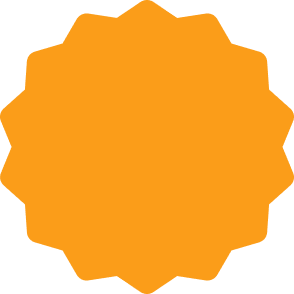







 Global Shipping
Global Shipping





























